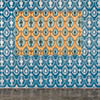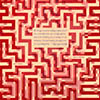Minoan Girls, 2012–16 Click on images to view project. |
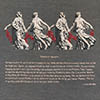 |
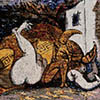 |
|||||||
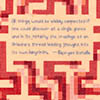 |
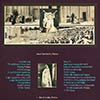 |
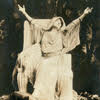 |
 |
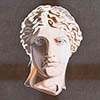 |
||||
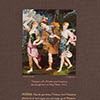 |
 |
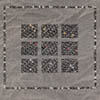 |
 |
 |
||||
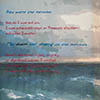 |
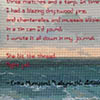 |
 |
 |
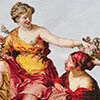 |
||||
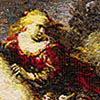 |
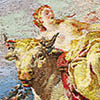 |
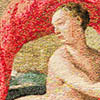 |
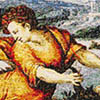 |
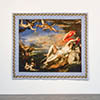 |
||||
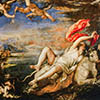 |
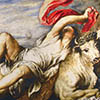 |
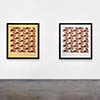 |
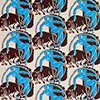 |
 |
||||
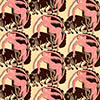 |
 |
|||||||
All research begins with an anxiety and finishes with an imbalance. Minoan Girls continues the exploration of Greek myth begun in my previous body of work, Ariadne’s Thread. It centers on the narratives of lust, seduction, betrayal, bestiality, and abandonment that determined the fates of four mythic women of Minos: Europa, Pasiphae, Phaedra, and of course Ariadne. Thread is once again the foundational conceptual link running through the series, echoing Ariadne’s gift to Theseus of the ball of thread that enabled him to navigate the Cretan labyrinth. Minoan Girls focuses on the ways in which the Greek myths are continually retold and reenacted over the centuries, in the same way that sewing doubles a thread back upon itself repeatedly. I have employed a wide range of mediums, including both hand and digital embroidery, silkscreen, beading, digital photography, and tapestry. I use these methods to re-create works by artists ranging from Titian, Rubens, and Rembrandt to Gustav Klimt, Eugène Atget, André Masson, and Anni Albers, and pair these images with quotations sampling a wide variety of literature, from Ovid, Plutarch, and Nonnus to Giorgio de Chirico, Stevie Smith, and Erika Mumford. The tones of these texts are by turns speculative, propositional, anticipatory, and ruminative. Each Minoan Girl is conscious of the part she plays and of the trajectory of her story. “You were the heroine,” says one narrator to Ariadne, who replies, “Yes, so I was and am.” This Ariadne is a diarist, shaping her own version of the narrative. Even the male protagonists—Zeus (taking the appearance of a bull), King Minos, the Minotaur, Theseus, Hippolytus—try on a succession of changing and often contradictory roles: father, son, sailor, rapist, seducer, bedfellow, husband.
|




